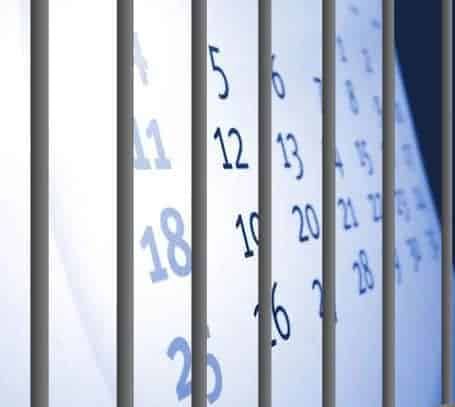 How much jail time is enough for causing a Florida drunk driving crash? If one man from Jupiter, Florida is any indication, it’s a lot longer than you might think.
How much jail time is enough for causing a Florida drunk driving crash? If one man from Jupiter, Florida is any indication, it’s a lot longer than you might think.
A man by the name of Admerson Cleber Eugenio Vicente-Vicente was driving in Pompano Beach in 2015. He was drunk, with a blood alcohol content (BAC) of 0.170, and he drove straight into two sisters who were heading to their mother’s house. Both died from their injuries.
This is a Florida drunk driving crash that shouldn’t have happened, and that’s because this offender shouldn’t have been driving, period. He was a repeat offender charged with DUI in 2010. Caught driving with a suspended driver’s license twice since that time, his last conviction resulted in his driver’s license being revoked for five years.
Now he’ll be spending 29 years in prison for killing two sisters, and he should count himself fortunate — he could have received 15 years per victim, and the judge also decided to give him credit for time served.
It’s clear from this case that the statistics on driver’s license suspension are accurate. Mothers Against Drunk Driving (MADD) has shared data showing 50 to 70% of drunk drivers will continue to drive on a suspended license, and when they do, this is can happen.
This Florida drunk driving crash also shows just how much Florida needs an all offender ignition interlock law. An all offender ignition interlock law — requiring ignition interlocks for first offenders with a BAC of .08 or higher, is a requirement in 30 states right now. Why doesn’t Florida, a state with a serious drunk driving problem and numerous drunk driving crashes each year, have an all offender law yet?
It’s a question someone may want to ask lawmakers in the Florida Senate. They just allowed a bill that would have required ignition interlocks for all offenders to die this past spring, and there’s no sign of bringing it back to life yet.
How much longer will Florida wait to pass this lifesaving law?
